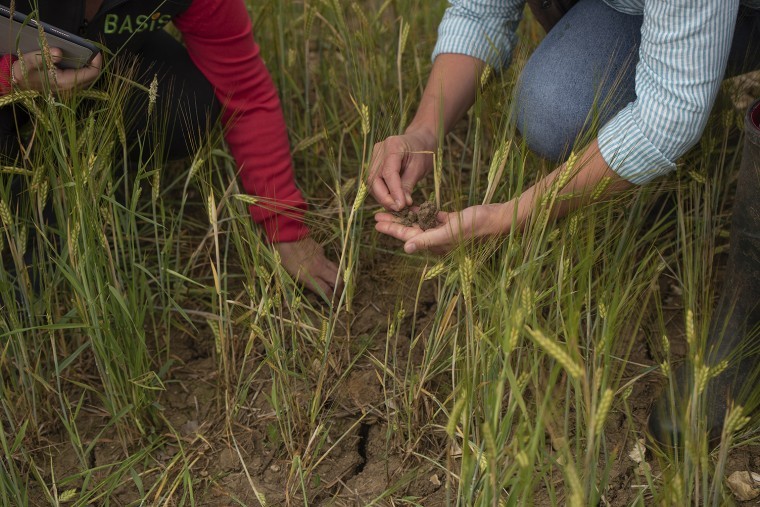Dr Aliona Jones, BASIS technical manager, explains that the new courses, due to start in early 2019, will be set at two different levels, and candidates can choose the most appropriate one for their needs.
Foundation in Soils
“The primary ‘Foundation in Soils’ qualification will help farmers and advisers to better understand the relationship between physical structure, as well as biological and chemical processes,” says Dr Aliona Jones.
“Farmers are increasingly finding that soil quality and productivity are complementary. So, the training will focus on how farming practices can positively and negatively influence a soil’s functionality.
“For example, it’s well known that the use of heavy machinery can lead to compaction, and overstocking grazing land can cause poaching. But it shouldn’t be forgotten that lower levels of stocking can beneficially return nutrients to the soil.”
Monitoring changes within the soil and assessing trends is another essential aspect of management that will be covered in the training.
{in-brief}
Quality of soils
The second qualification will build on the success of existing BASIS modules as well as the knowledge from the ‘Foundation in Soils’ course. It will give further insight into improving the resilience of farming systems through increased understanding of the soil ‘ecosystem’.
“A fully functioning soil with appropriate structure, chemistry and biology will enable symbiotic interaction with plants. This improves resilience to machinery traffic as well as weather extremes, such as the cold spell and drought we’ve seen this year,” says Aliona.
The new courses have come to fruition following a strong industry demand, with organisations such as the AHDB, AIC and ADAS all playing a key part.
AHDB knowledge exchange director, Dr Susannah Bolton, explains that building trust in advice on best practice soil management is essential to drive forward uptake of new knowledge and innovation in agriculture.
“These qualifications will be vital in underpinning the advisory process, while ensuring that we’re working with the best possible understanding of soil management,” she says.




